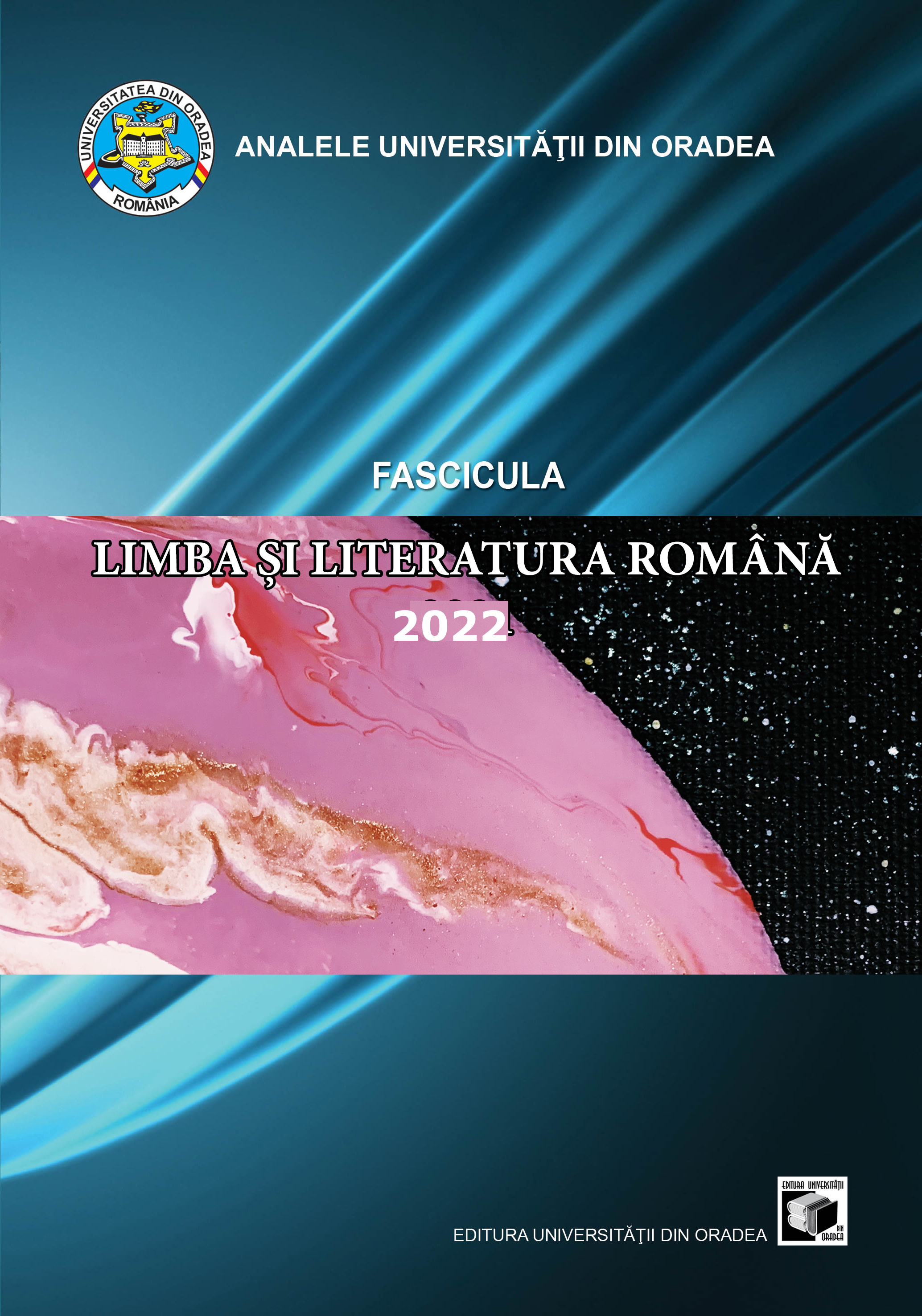PHYSICAL AND METAPHORICAL PRISONS IN MARGARET ATWOOD’S HAG-SEED
PHYSICAL AND METAPHORICAL PRISONS IN MARGARET ATWOOD’S HAG-SEED
Author(s): Dorel-Aurel MureșanSubject(s): Philosophy, British Literature
Published by: Editura Universitatii din Oradea
Keywords: William Shakespeare; Margaret Atwood; rewriting; The Tempest; Hogarth Shakespeare series; prisons; trauma; art;
Summary/Abstract: A rewriting of William Shakespeare’s “The Tempest”, Margaret Atwood’s novel “Hag-Seed” starts, according to the author’s confession, from the metaphorical prisons that she finds on Prospero’s island. Thus, Atwood chooses a prison as the main setting of her novel, where the brilliant but self-exiled art director Felix becomes part of an educational programme. However, the Canadian writer underlines the idea that freedom has more to do with the attitude, perspective and capacity of the characters to forgive and to overcome their traumatic past than it has to do with an actual space. Moreover, Atwood reminds the reader that art has the capacity to liberate someone despite his or her physical circumstances. This paper takes a closer look at the physical and the metaphorical prisons that are depicted in Margaret Atwood’s rewriting, focusing on the possible paths to freedom that the novelist suggests.
Journal: Analele Universităţii din Oradea Fascicula Limba si Literatura Română (ALLRO)
- Issue Year: 29/2022
- Issue No: 1
- Page Range: 95-103
- Page Count: 9
- Language: English
- Content File-PDF

